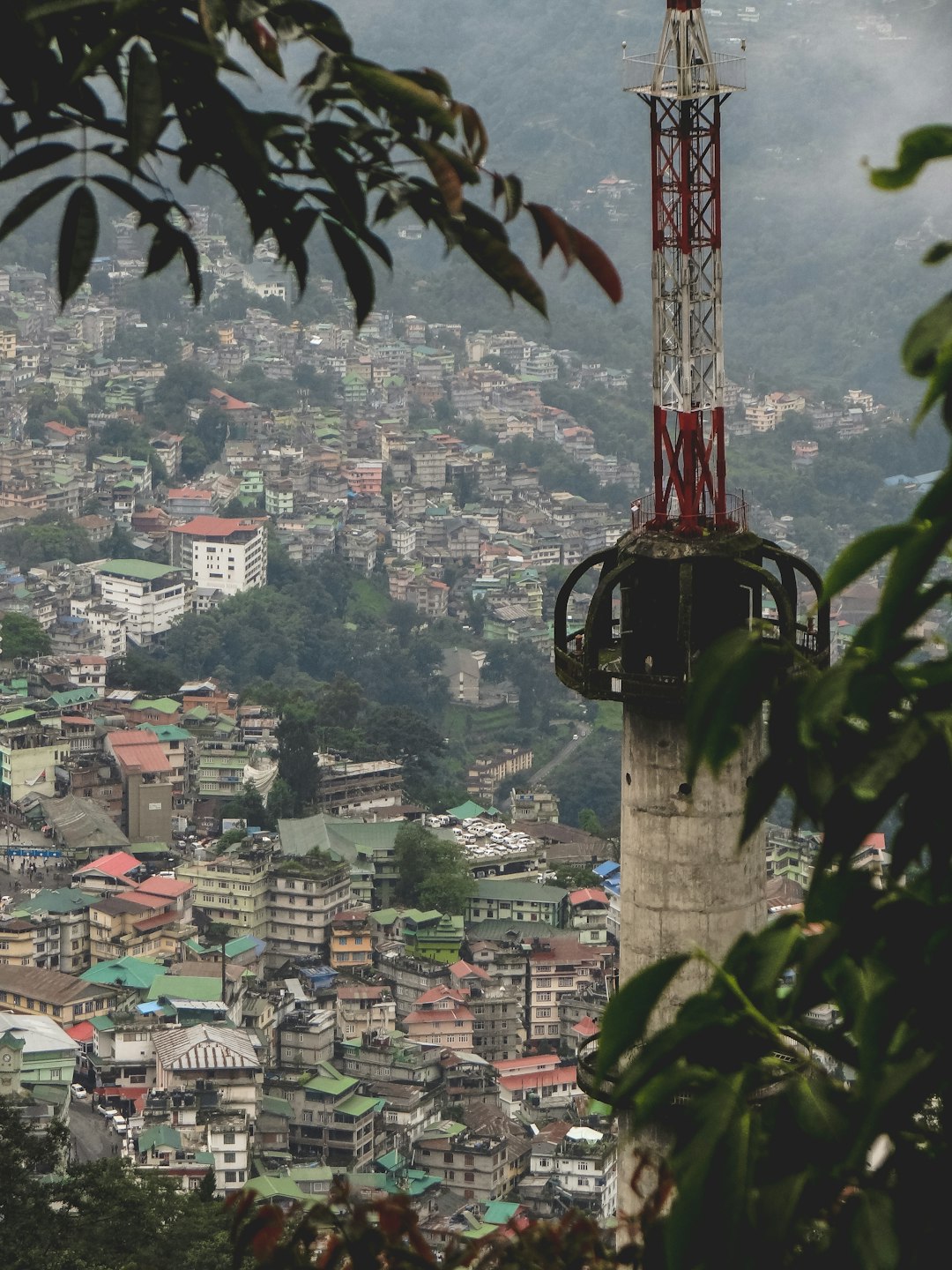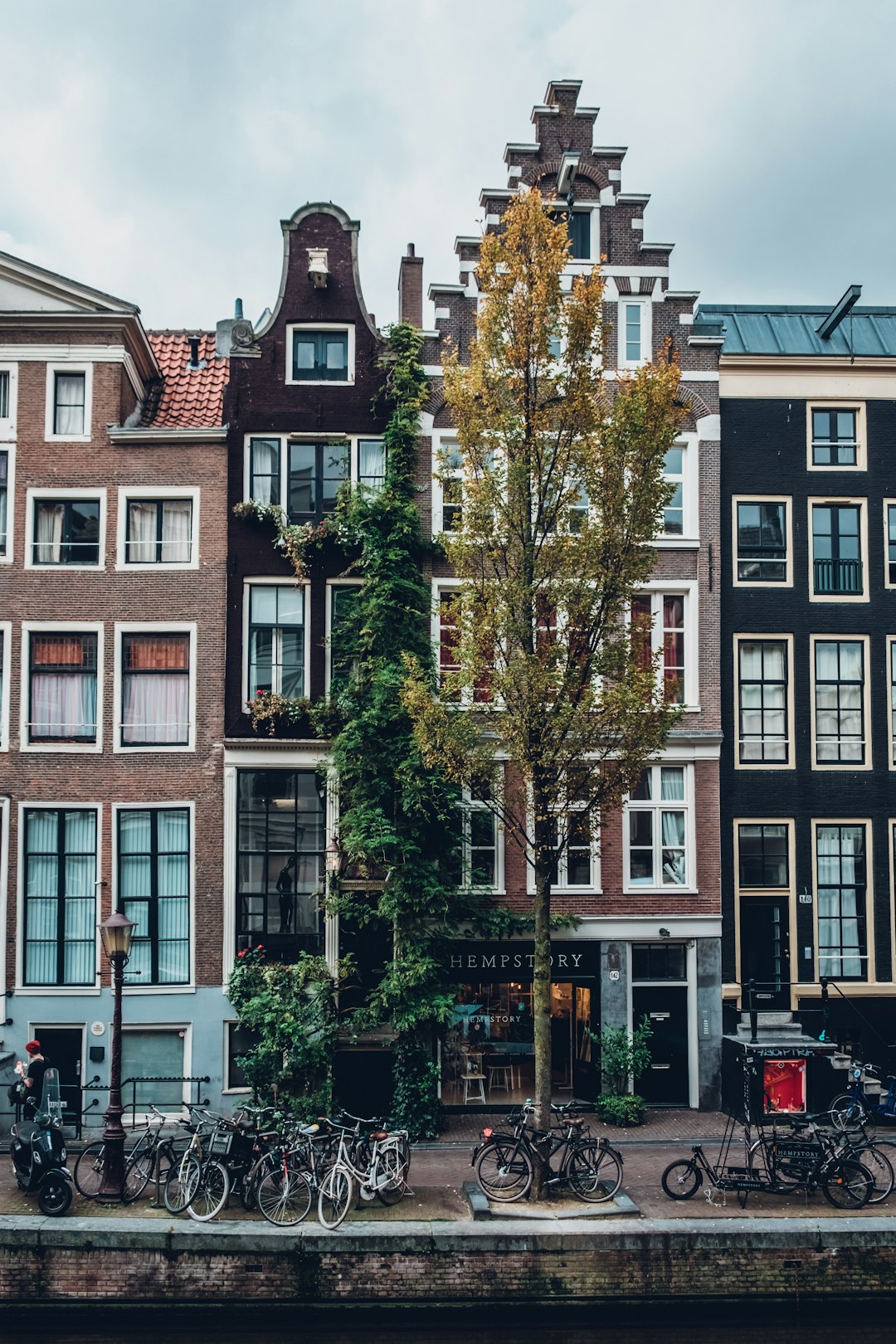Support our educational content for free when you purchase through links on our site. Learn more

Check out the latest trends in urban greenery and discover the pros and cons of vertical forests!
Have you ever wondered how to bring nature back into our concrete jungles? Well, the answer lies in vertical forests! These innovative structures are designed to reintroduce greenery into urban areas, providing numerous benefits for both the environment and the people who inhabit these spaces. In this article, we’ll delve into the advantages and disadvantages of vertical forests, exploring their impact on the environment and our daily lives. So, let’s dive in and discover the fascinating world of vertical forests!
Table of Contents
- Quick Answer
- Quick Tips and Facts
- Background: The Rise of Vertical Forests
- Advantages of Vertical Forests
- Disadvantages of Vertical Forests
- Vertical Forests in the Future
- FAQ
- Conclusion
- Recommended Links
- Reference Links
Quick Answer
Vertical forests are structures that feature vegetation grown on their sides, aiming to bring greenery back into urban areas. They offer numerous advantages, including efficient space utilization, environmental impact, and improved accessibility to nature. However, there are also some disadvantages to consider, such as maintenance challenges and potential cost implications. Despite these drawbacks, vertical forests hold great promise for the future of urban planning and sustainable living.
👉 CHECK PRICE on: Vertical Forests | Walmart | Etsy
Quick Tips and Facts
- Vertical forests are designed to combat the lack of greenery in urban areas.
- They combine architectural concepts with ecological conservation initiatives.
- These structures allocate internal space for human use and external space for vegetation.
- Vertical forests offer benefits such as improved air quality, microclimate control, and stress relief.
- Selecting specific vegetation can enhance carbon absorption, support local wildlife, and even provide potential food production.
- They are gaining popularity in densely populated countries like China and Singapore.
Background: The Rise of Vertical Forests

Vertical forests, introduced by visionary architect Stefano Boeri, are revolutionizing urban planning by integrating nature into our concrete landscapes. These structures combine the concepts of skyscrapers with ecological conservation initiatives, creating a harmonious balance between human habitation and the natural world.
The inspiration for vertical forests stems from the need to address the lack of greenery in metropolitan areas. As cities continue to expand, green spaces become scarce, leading to numerous environmental and health issues. Vertical forests offer a solution by providing a vertical oasis of vegetation, improving air quality, regulating microclimates, and offering stress relief to urban dwellers.
By allocating internal space for human use and external space for vegetation, architects have the opportunity to carefully select and control the growth of plant species. This allows for the creation of diverse ecosystems within these towering structures, providing a multitude of benefits for both the environment and the people who interact with them.
Advantages of Vertical Forests
Vertical forests offer a wide range of advantages that make them an exciting prospect for urban planning. Let’s explore some of the key benefits they provide:
1. Efficient Space Utilization ✅
One of the most significant advantages of vertical forests is their ability to optimize available space. In densely populated cities, where land is limited, vertical forests allow for the integration of greenery without sacrificing valuable real estate. By utilizing the vertical plane, these structures maximize the benefits of vegetation while minimizing their footprint on the ground.
2. Environmental Impact ✅
Vertical forests have a positive environmental impact, contributing to the overall health of our planet. The vegetation in these structures helps to absorb carbon dioxide, reducing greenhouse gas emissions and combating climate change. Additionally, vertical forests provide habitats for local wildlife, supporting biodiversity in urban areas.
3. Improved Air Quality ✅
The presence of vegetation in vertical forests plays a crucial role in improving air quality. Plants naturally filter pollutants from the air, reducing the concentration of harmful substances and creating a healthier environment for residents. By incorporating vertical forests into urban landscapes, we can mitigate the negative effects of air pollution and promote cleaner, fresher air.
4. Stress Relief ✅
Living in a concrete jungle can be stressful, but vertical forests offer a natural remedy. The presence of greenery has been proven to reduce stress levels and improve mental well-being. Vertical forests provide a sanctuary where people can escape the hustle and bustle of city life, connecting with nature and finding solace in their serene surroundings.
5. Accessibility to Nature ✅
Vertical forests bring nature closer to urban dwellers, making it more accessible and integrated into daily life. With balconies, terraces, and communal spaces adorned with lush vegetation, residents can enjoy the benefits of nature without having to travel to distant parks or forests. This increased accessibility fosters a deeper connection with the natural world and promotes a greener lifestyle.
6. Potential Food Production ✅
In some cases, vertical forests can even contribute to food production. By carefully selecting plant species that bear fruits or vegetables, these structures can provide a sustainable source of fresh produce for urban communities. This innovative approach to urban farming holds great potential for addressing food security and promoting self-sufficiency in densely populated areas.
Disadvantages of Vertical Forests
While vertical forests offer numerous advantages, it’s important to consider the potential drawbacks associated with these structures. Let’s explore some of the challenges they present:
1. Maintenance Challenges ❌
Maintaining vertical forests can be a complex and labor-intensive task. The unique design and structure of these buildings require specialized care to ensure the health and vitality of the vegetation. Regular pruning, watering, and monitoring are essential to prevent the plants from becoming overgrown or diseased. Additionally, the logistics of accessing the vegetation on higher floors can pose challenges for maintenance crews.
2. Cost Implications ❌
The construction and maintenance costs of vertical forests can be significant. The incorporation of vegetation into the building design requires careful planning, specialized materials, and ongoing maintenance. These additional expenses can make vertical forests a more costly option compared to traditional buildings. However, it’s important to consider the long-term benefits and potential cost savings associated with improved air quality and energy efficiency.
Vertical Forests in the Future
As populations continue to grow and urban areas become more densely populated, vertical forests hold great promise for the future of sustainable living. Architects and urban planners are increasingly incorporating these structures into their designs, recognizing the multitude of benefits they offer.
In the coming years, we can expect to see more vertical forests sprouting up in cities around the world. These green havens will not only provide a breath of fresh air but also serve as a testament to our commitment to harmoniously coexist with nature in our urban environments.
FAQ

What are the benefits of a Vertical Forest?
Vertical forests offer numerous benefits, including efficient space utilization, improved air quality, stress relief, and increased accessibility to nature. They also have a positive environmental impact by reducing carbon emissions and supporting biodiversity.
What are the disadvantages of vertical forests?
Vertical forests come with maintenance challenges and potential cost implications. The unique design and structure of these buildings require specialized care, and the incorporation of vegetation can increase construction and maintenance costs.
What are the pros of planting trees and Vertical Forest?
Planting trees and creating vertical forests provide a wide range of benefits, including improved air quality, reduced carbon emissions, enhanced biodiversity, stress relief, and increased accessibility to nature. These green initiatives contribute to a healthier and more sustainable environment.
Are vertical forests expensive?
The construction and maintenance costs of vertical forests can be higher compared to traditional buildings. However, the long-term benefits, such as improved air quality and energy efficiency, can offset these initial expenses.
Conclusion

Vertical forests are transforming urban landscapes, bringing nature back into our concrete jungles. With their efficient space utilization, positive environmental impact, and improved accessibility to nature, these structures offer a promising solution to the challenges of urbanization. While maintenance challenges and potential cost implications exist, the long-term benefits of vertical forests outweigh these drawbacks.
So, as we look to the future, let’s embrace the concept of vertical forests and continue to explore innovative ways to integrate greenery into our urban environments. By doing so, we can create healthier, more sustainable cities that prioritize the well-being of both humans and the natural world.
Remember, the sky’s the limit when it comes to vertical forests! 🌳
Recommended Links
- Benefits of Community Gardens
- Community Garden Events
- Community Garden Policies
- Gardening for Beginners
- Garden Design Ideas
- How Do Gardeners Make Money in Winter 2024
